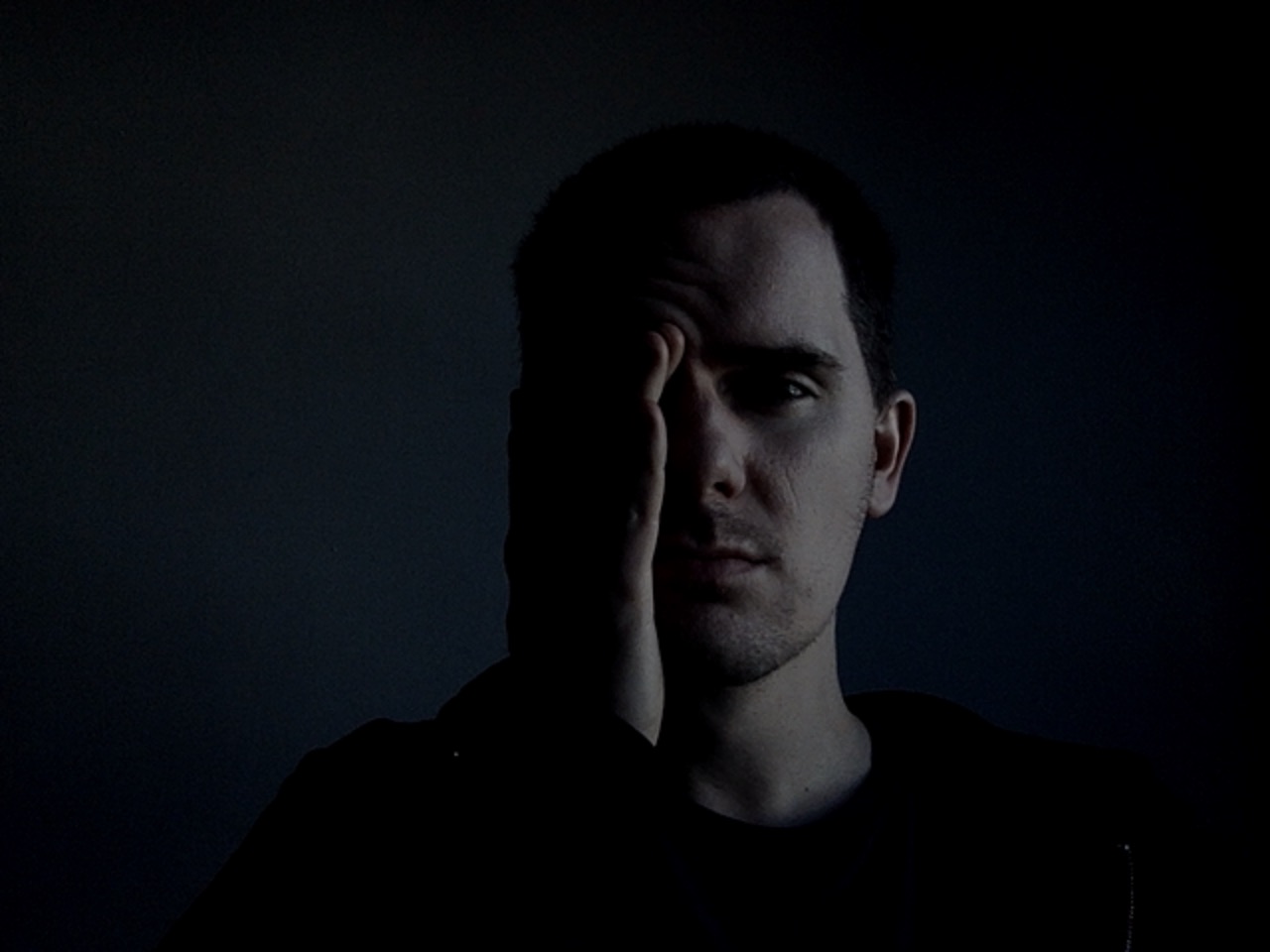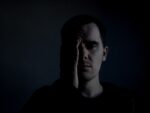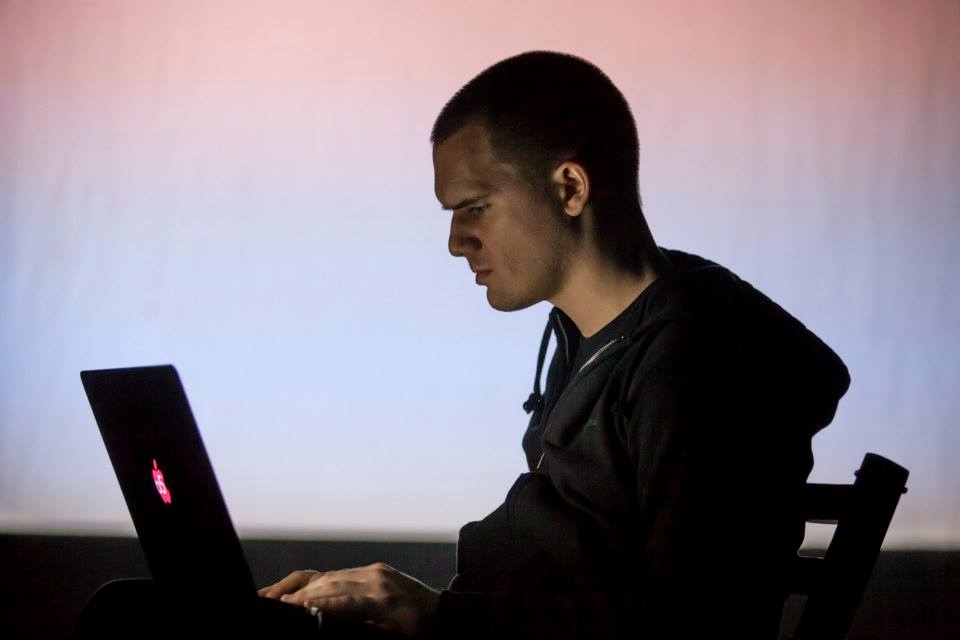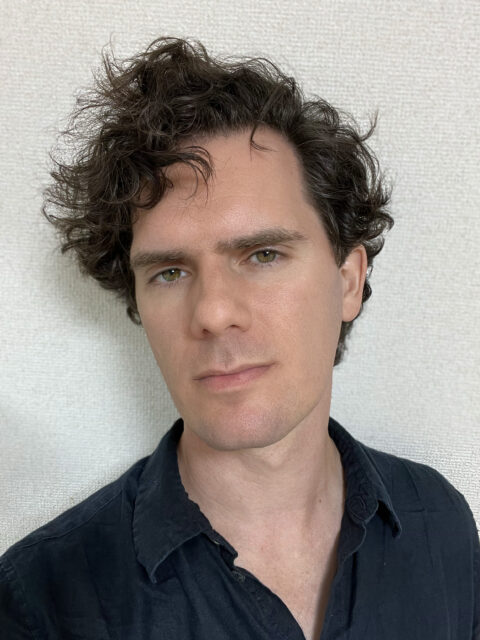What was your focus during your time at Eyebeam?
In my research on facial recognition algorithms, I found that a lot of them were built off of data sets that come from the prison-industrial complex. Mugshots and other metadata concerning incarcerated peoples’ bodies, histories, and lives gets fed into these systems as a way of training them to build the same tools that are then used to incarcerate people. I started to see this big feedback loop that I wanted to understand better. That’s when I proposed a project to Eyebeam, which is still in progress and waiting for the right time to be uncovered.
Was there a culminating project?
Some of that is off the record for now. The public-facing part of my work was a discussion of my research. I wrote a short article explaining how this system worked, what I’d learned about how facial recognition was evolving into face attribute classification, and how different kinds of datasets feed into computer vision research and prop up the surveillance industry.
How has dialogue or collaboration with Eyebeam artists and alumni factored into your work?
Since the Rapid Response residency, I have intermittently been working with Dillon Sung, who was part of my Eyebeam cohort, in connection to an organization called Stop LAPD Spying Coalition. It breaks down LAPD’s use of surveillance technology, and Dillon is building out an archive that documents and contextualizes the LAPD’s abuses of that technology. I have collaborated with other Eyebeam alumni as well, including Taeyoon Choi and Lauren Lee McCarthy.
How do you think about the role of the artist in society?
We’re all operating within this stream of constantly evolving technology. One of the best things we can do is hold up a mirror to the way things are going and hope that’s enough of a reflection that it shifts things by giving people an opportunity to change their direction. I try to focus on creating something that will allow for significant reflection without also replicating the harms those technologies typically cause. As an artist in a tech space, you’re told to move fast and break things, but there has to be some care that’s involved—we have to be considerate and respectful in ways that the rest of the tech world is not. And that itself is an active resistance in some ways.



